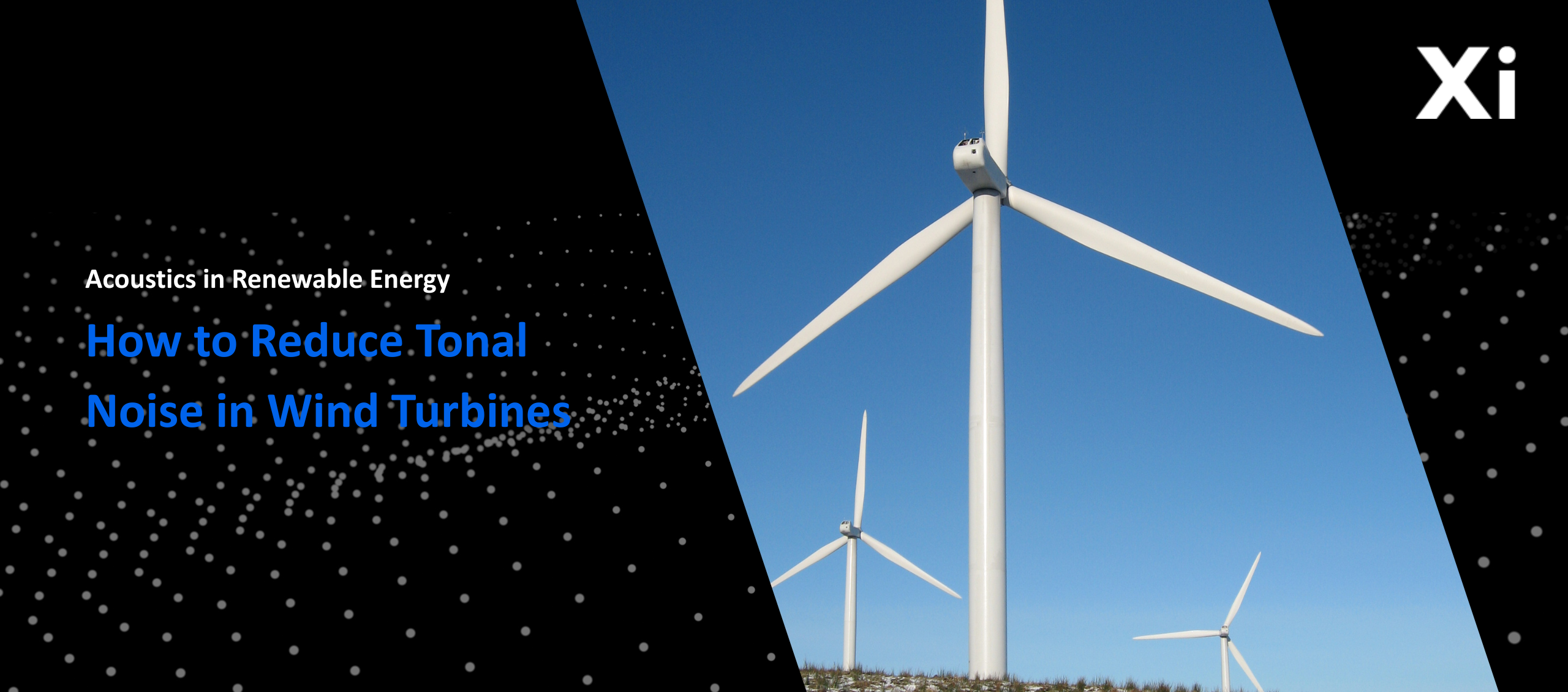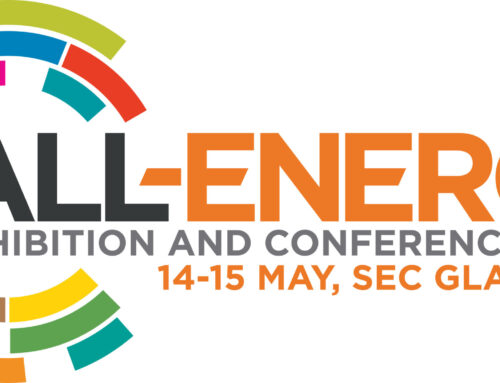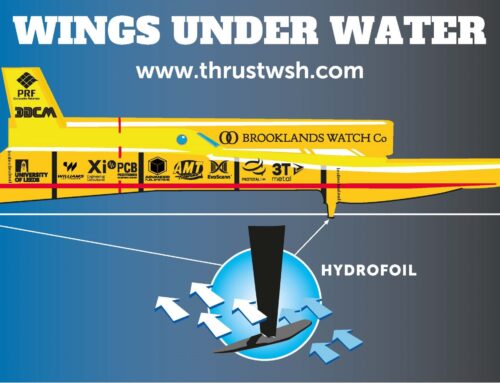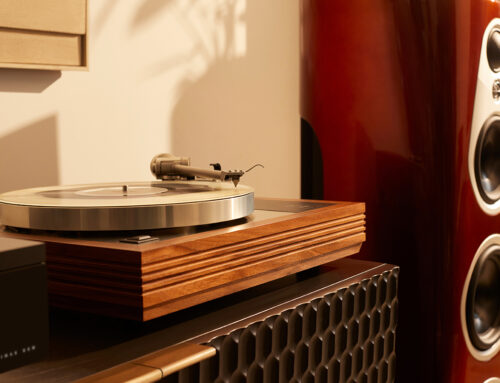Tonal Noise in Wind Turbines: Causes, Impacts & Engineering Solutions
Tonal noise — the narrowband “whine” or “hum” often associated with wind turbines — is more than an annoyance. It can breach planning conditions, trigger community complaints, and delay site approvals.
At Xi Engineering Consultants, we specialise in solving tonal noise challenges using advanced vibration analysis, structural modelling, and precision-engineered damping. Our approach isn’t theoretical — it’s practical, proven, and compliant with IEC 61400-11 acoustic measurement standards.
What Causes Tonal Noise in Wind Turbines?
Tonal noise arises when vibrating turbine components — often driven by mechanical excitation from gearboxes, generators, or control systems — resonate at or near a natural frequency of the tower or nacelle. These vibrations are then radiated as narrowband acoustic tones, which can be heard up to several kilometres away.
Resonance can be subtle, and it’s often missed by providers relying on off-the-shelf testing or generic acoustic modelling. That’s where Xi Engineering Consultants make the difference.
Need support with tonal noise complaints or planning objections? Talk to our acoustic team.
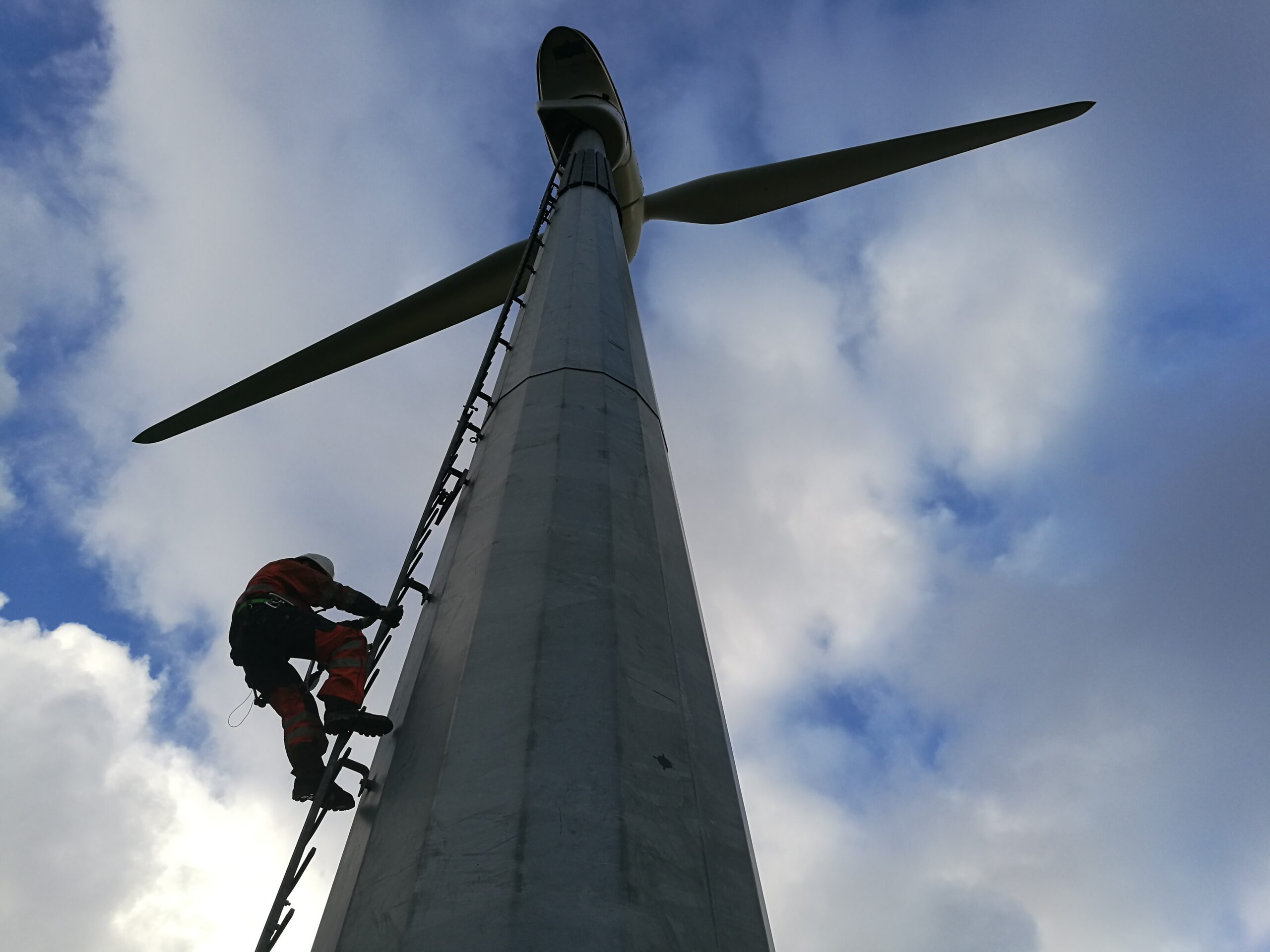
Our Solution: Integrated Measurement, Modelling & Mitigation
Step 1: Field Measurement & Vibration Survey
We begin with site-specific acoustic and structural measurements, capturing:
-
Tower and component vibration modes
-
Harmonic analysis of tonal content
-
Ground-borne and air-borne propagation patterns
All measurements are conducted in line with IEC 61400-11, ensuring consistency, comparability, and regulatory acceptance.
Step 2: Finite Element Modelling (FEM)
Using SolidWorks and COMSOL Multiphysics, we build and simulate a custom FEM model of the structure.
This allows us to:
-
Isolate resonant frequencies and modal shapes
-
Simulate how vibration energy transfers through the structure
-
Evaluate different damping or redesign strategies before touching the turbine
Step 3: Targeted Damping Installation
We design and apply targeted damping solutions specific to the turbine’s vibrational behaviour and structural context. These might include:
-
Customised damping materials and tile configurations
-
Tuned placement to intercept dominant vibration paths
-
Minimal-intrusion methods for retrofitting onto existing towers
Why Clients Choose Xi
We’re not generalists — we’re problem solvers with deep sector expertise.
| Xi Engineering | Generic Providers |
|---|---|
| IEC-compliant field measurement & diagnostics | Basic sound pressure testing only |
| Full FEM modelling using SolidWorks & COMSOL | No simulation or generic assumptions |
| Custom damping solutions based on real-world data | One-size-fits-all retrofits |
| Track record in planning-sensitive projects | Limited to post-construction support |
| Fully engineering-qualified team | Often acoustic-only focus |
Curious if your turbine model is prone to tonal resonance? Request a site assessment.
Results: Quantifiable Impact for Developers & Asset Owners
-
Up to 15 dB tonal noise reduction verified through IEC-compliant re-testing
-
Avoided turbine curtailment or decommissioning
-
Improved community perception and reduced complaint risk
-
Protected revenue by securing long-term compliance
Who This is For
Our solutions are trusted by:
-
Wind farm developers facing planning objections
-
Asset managers needing retrofit options for noise-prone turbines and/or noise complaints
-
OEMs looking to validate or upgrade tower performance
-
Investors and buyers seeking technical de-risking before acquisition
If you’re facing a regulatory, reputational, or performance risk due to tonal noise, Xi Engineering can help.
Let’s Solve It, Without Guess Work
Tonal noise isn’t a mystery when you understand the physics behind it. At Xi Engineering Consultants, we combine real-world data, simulation, and bespoke engineering to deliver proven solutions that work — not just reduce symptoms.
Ready to assess your site or turbine design?
